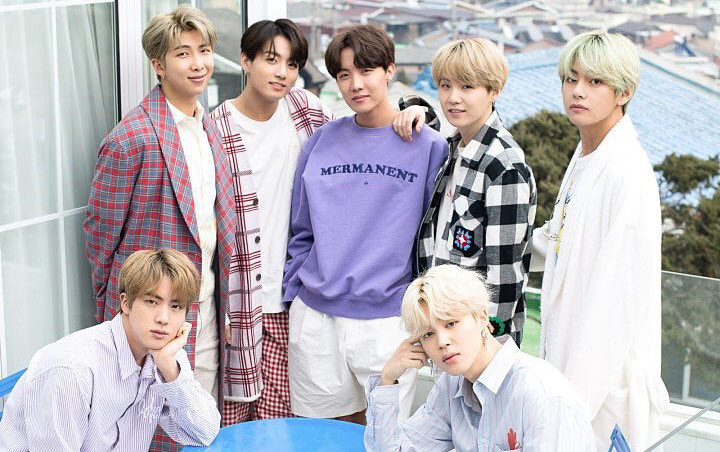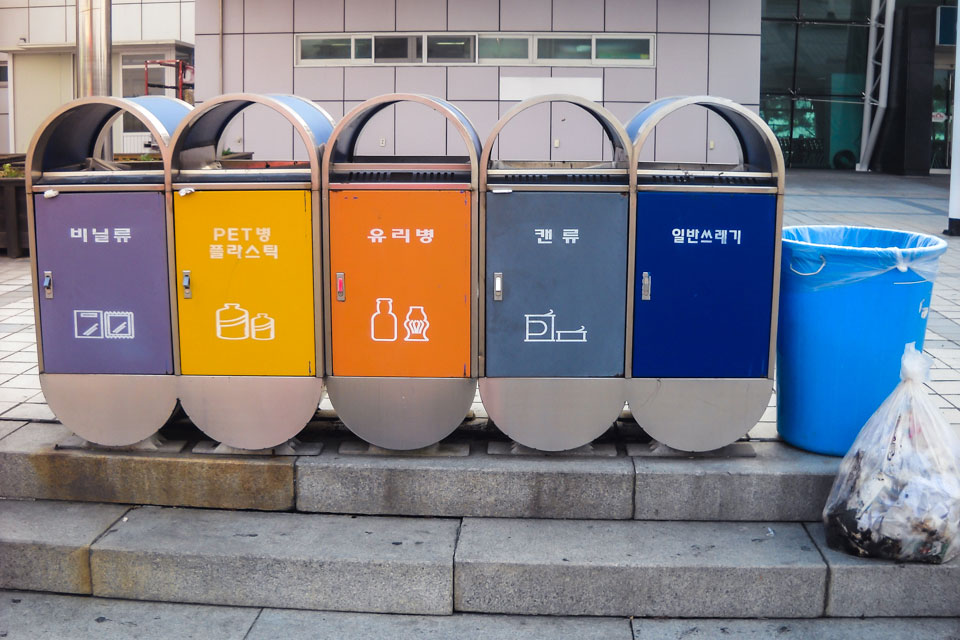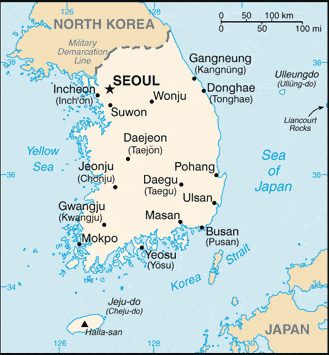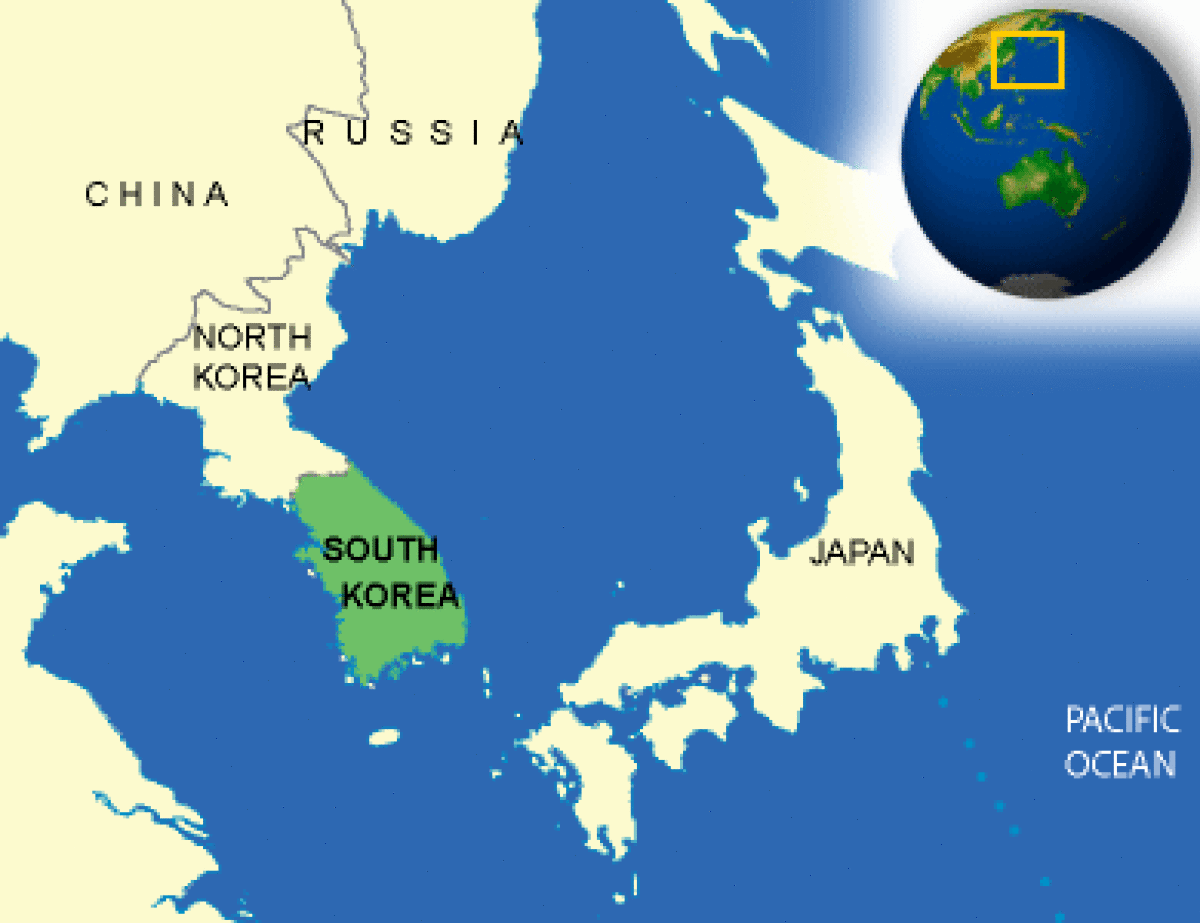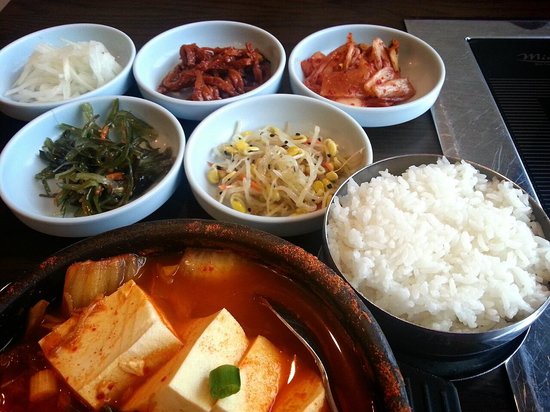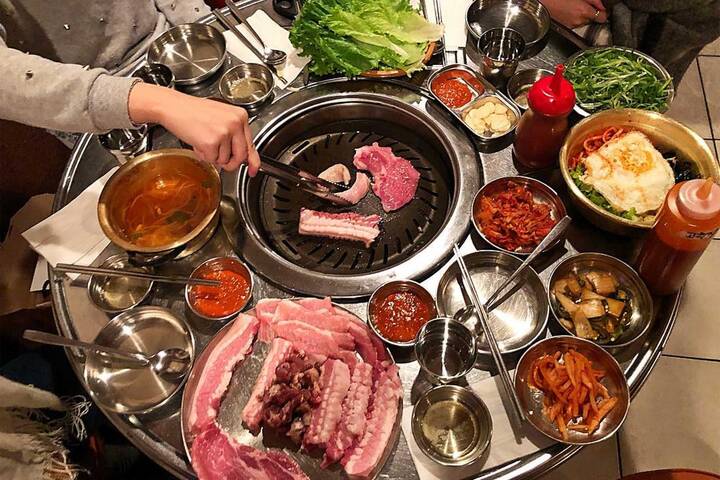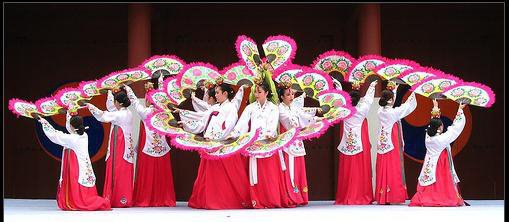I am so excited about this post because I just went somewhere incredible...to the SBS Super Concert in Gwangju!!! The line-up included: TWICE, THE BOYZ, TXT, Hong JinYoung, Cherry Bullet, NATURE, N. Flying, IZ*ONE, MOMOLAND, and BTS. Have you heard of any of these groups?
Before I go into the concert, let me tell you a little something about K-pop:
Korean Wave
In South Korea, they call it "hallyu" or the Korean wave for the way that South Korea popular culture has dominated the global industry from K-Dramas, K-beauty, K-fashion, and K-pop especially. But what makes it so appealing? Many people attribute the success of K-pop to the attractive melodies, dance moves, and production of videos and photos. How did it start, you ask? Well, let me tell you.
The Beginning
In 1987 during South Korea's economic boom, the republic decided to reform it's democratic government. This, along with the decreased censorship rules and increasing modernization, changed what people saw on TV. People received their entertainment from TV and radio where music was introduced through talent shows. Prior to 1987, the music was mostly traditional folk and slow ballads. Rock music was especially controversial and often banned! Once the censorship rules were decreased, the broadcasting industry grew, South Koreans had more to watch and got regular exposure of music from outside the country. TV Talent shows were especially important in introducing new music groups to South Korean audiences and still play a crucial role in the success of a South Korean band's success. Going into the 90s, American style pop music began being fused with Korean music, to eventually lead to what we know today as K-pop.
K-Pop
Sometime between 1995 and 1998, three important music studios were created: SM Entertainment (or SM Town), JYP Entertainment, and YG Entertainment. These studios began making the idol groups we know and love today. SM founder Lee Soo-man created the first idol group, HOT, in 1996. He assembled five singers and dancers that represented what he believed teens wanted in a modern-pop group. HOT had a lot of qualities that you might see in today's pop groups. They sing, dance, rap, and the members have unique personalities that come together thanks to music. At this time, K-pop was making their mark and creating a brand. K-pop performers themselves can be described as providing high-quality performances, a polished aesthetic, and music production capabilities similar to a factory.
Not all rainbows and unicorns
Being involved in the talent industry in South Korea is not all it's cracked up to be. Some kids begin at maybe ten or twelve years old and get involved in highly competitive auditions. Music studios recruit talented children and bring them into the K-pop regime. Many children even attend special schools where they teach them how to sing, dance, and conduct their social behavior in preparation for life as a pop star. Their daily life consists of rehearsals, weekend music shows, and special groups performances. This allows them to gain fans before they "debut". Once they are old enough and if they get lucky, especially if they get lucky, the studio may place them into an idol group or launch them as a solo artist. BigHit is a big deal because of BTS, and they recently debuted a new group: Tomorrow x Together or TXT. Check them out:
I've heard a lot of rules go into pop star training. Many performers are signed into long-term contracts when they are still young which dictate their public and private behavior. They must follow special diets, follow a curfew, can not have romantic relationships, and regularly get their phones checked to ensure of it. It is very strict and many people do not agree with it. Many say that it can even be abusive. Increased public attention is the only way that we can have change so it will be very important for victims to come forward in the future. Despite all this, teens and preteens still flock to auditions in hopes of becoming the next big star or member of an idol group.
When an idol group is formed, they must be trained to perfection. They generate songs, gain exposure through marketing, appear on TV, go on tour, and make "come backs". Comebacks usually mean a new album release for a group after they have been quiet for a while. These comebacks usually include fan meetings, TV appearances, concept art, and a whole new theme to their individual look and album. For example, BTS just made a comeback with their album "Persona". They started by releasing teaser photos periodically which showed album drop dates and concept art. Here is an example:
SBS Super Concert
Before I knew that I would have the opportunity to go to a Kpop concert, I told myself it wasn't important because they are so expensive in the USA and it may not even be worth it. Then a friend told me about the SBS Super Concert and the line-up...I could not pass it up! The SBS Super concert was held Sunday, April 28th in Gwangju, which is located in the southwestern region of South Korea. The concert was held to kick off the 18th FINA World Aquatics Championship. The tickets were inexpensive and since it was through a South Korean tour agency, Trazy, the experience was nearly effortless.While I was really far from the stage, I got to hear their voices live and see them perform live on the screens surrounding the stadium. Trust me...I was wearing prescription contacts and could barely identify the members from how far away I was.
When I first heard about it, I almost couldn't believe it. BTS? The world-famous pop group? I'm a BTS fan. While I enjoy individual songs from other groups, I would not go in depth to learn about the individual members and their history because that takes time. But there so many great songs performed! Like Bboom Bboom by Momoland, Cat & Dog by TXT, Make It Right by BTS, Spring Memories by N.Flying, Dance the Night Away by TWICE, and Yes or Yes by TWICE. I never thought that I would experience so much in South Korea, but I'm not complaining. Overall, the organization, performances, and fan environment made the experience worthwhile! The stage theme changed with each song, people waved their light sticks to the beat, and fan chants could be heard in every direction. People have so much love for these groups and I find it to be so amazing. Groups like BTS release music with meaningful lyrics and powerful messages which help a lot of people. I definitely stan.
Questions:
Did you enjoy todays post on K-pop?
Do you have a favorite K-Pop group?
What is your opinion of the K-pop industry?
Source:
https://www.vox.com/culture/2018/2/16/16915672/what-is-kpop-history-explained
